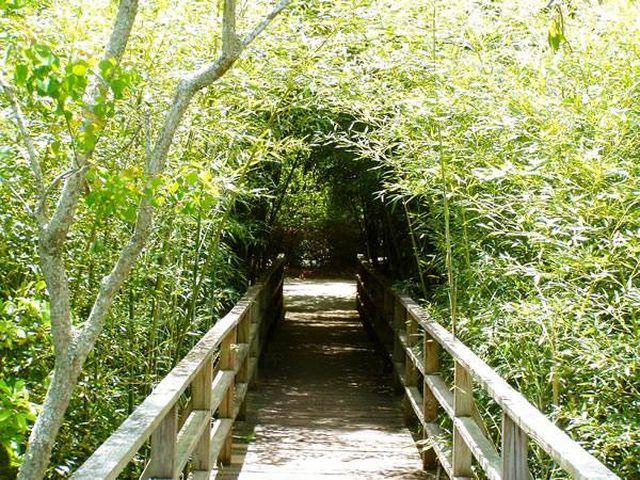Bulbs
Flower Basics
Flower Beds & Specialty Gardens
Flower Garden
Garden Furniture
Garden Gnomes
Garden Seeds
Garden Sheds
Garden Statues
Garden Tools & Supplies
Gardening Basics
Green & Organic
Groundcovers & Vines
Growing Annuals
Growing Basil
Growing Beans
Growing Berries
Growing Blueberries
Growing Cactus
Growing Corn
Growing Cotton
Growing Edibles
Growing Flowers
Growing Garlic
Growing Grapes
Growing Grass
Growing Herbs
Growing Jasmine
Growing Mint
Growing Mushrooms
Orchids
Growing Peanuts
Growing Perennials
Growing Plants
Growing Rosemary
Growing Roses
Growing Strawberries
Growing Sunflowers
Growing Thyme
Growing Tomatoes
Growing Tulips
Growing Vegetables
Herb Basics
Herb Garden
Indoor Growing
Landscaping Basics
Landscaping Patios
Landscaping Plants
Landscaping Shrubs
Landscaping Trees
Landscaping Walks & Pathways
Lawn Basics
Lawn Maintenance
Lawn Mowers
Lawn Ornaments
Lawn Planting
Lawn Tools
Outdoor Growing
Overall Landscape Planning
Pests, Weeds & Problems
Plant Basics
Rock Garden
Rose Garden
Shrubs
Soil
Specialty Gardens
Trees
Vegetable Garden
Yard Maintenance
Growing Bamboo in My Back Yard
Growing Bamboo in My Back Yard. Bamboo can be grown in ones backyard for landscaping and gardening or some species for their edible shoots. First a rhizome barrier must be created. There are "running" and "clumping" bamboo species and some have invasive properties and have been known to reach underground 30 feet from their stalks. To keep the...

Rhizome Barrier
Bamboo can be grown in ones backyard for landscaping and gardening or some species for their edible shoots. First a rhizome barrier must be created. There are "running" and "clumping" bamboo species and some have invasive properties and have been known to reach underground 30 feet from their stalks. To keep the bamboo from spreading its network of rhizomes and taking over the entire yard, a barrier must be created. A trench of 3 to 4 feet deep is dug around the area the bamboo will be contained and corrugated metal or 60 mil thick plastic sheeting is inserted as a below-ground barrier. Seams are overlapped by at least 2 feet and at least 2 to 3 inches should protrude above ground once the earth is packed in around it.
Planting the Rhizome Buds
Rhizome buds are usually planted instead of seeds because they are easier to get a hold of. The rhizome buds are planted 4 to 10 feet apart depending on how thick you want them to be. A mature grove can take up to 10 years to reach its full height and thickness. Bamboo grows faster in loose sandy soils. Plant them a bit closer together if you will often be harvesting shoots from an edible variety.
Maintenance and Care
The bamboo is tended to with frequent watering. In dry climates people often place a layer of wood chips over the soil around the bamboo to hold in the moisture. After several years, the bamboo shoots may need to be pruned depending on the desired affect. If you want your bamboo to grow tall and thick as a sort of barrier from the neighbor's yard you may not need to do much, but if you want to keep them at a certain height then use garden shears or a small ax to cut back to new shoots and leaves just below the desired height, because they will soon grow back again. Barriers should be checked periodically because some rhizomes have been known to actually leap the barriers and start growing where they aren't wanted.
Bamboo Selection
There are hundreds of bamboo varieties to choose from when planting in your yard but some are better than others if you wish to eat the edible shoots. The temperate Phyllostachys is a leading variety grown for its shoots. Phyllostachys nuda, P. platyglossa, P. nidularia, P. hindsii, P. dulcis, and P. vivax are all recommended by bamboo expert Ted Jordan in his book "Bamboo for Gardens." Other temperate genera such as Semiarundinaria fatuosa and Qiongzhuea tumidissinoda also produce shoots that taste great. Shoots taste best when harvested just before they emerge from underground and are 6 to 10 inches long. Parboil any tropical or semi-tropical varieties before consuming. If you are interested in creating a small bamboo area in your yard that won't tower over you there are several dwarf varieties that can be planted for aesthetic appeal, such as Pleioblastus variegates which grows around 4-feet high or Plieoblastus shibuyanus 'Tsuboi' which grows 2- to 3-feet high.